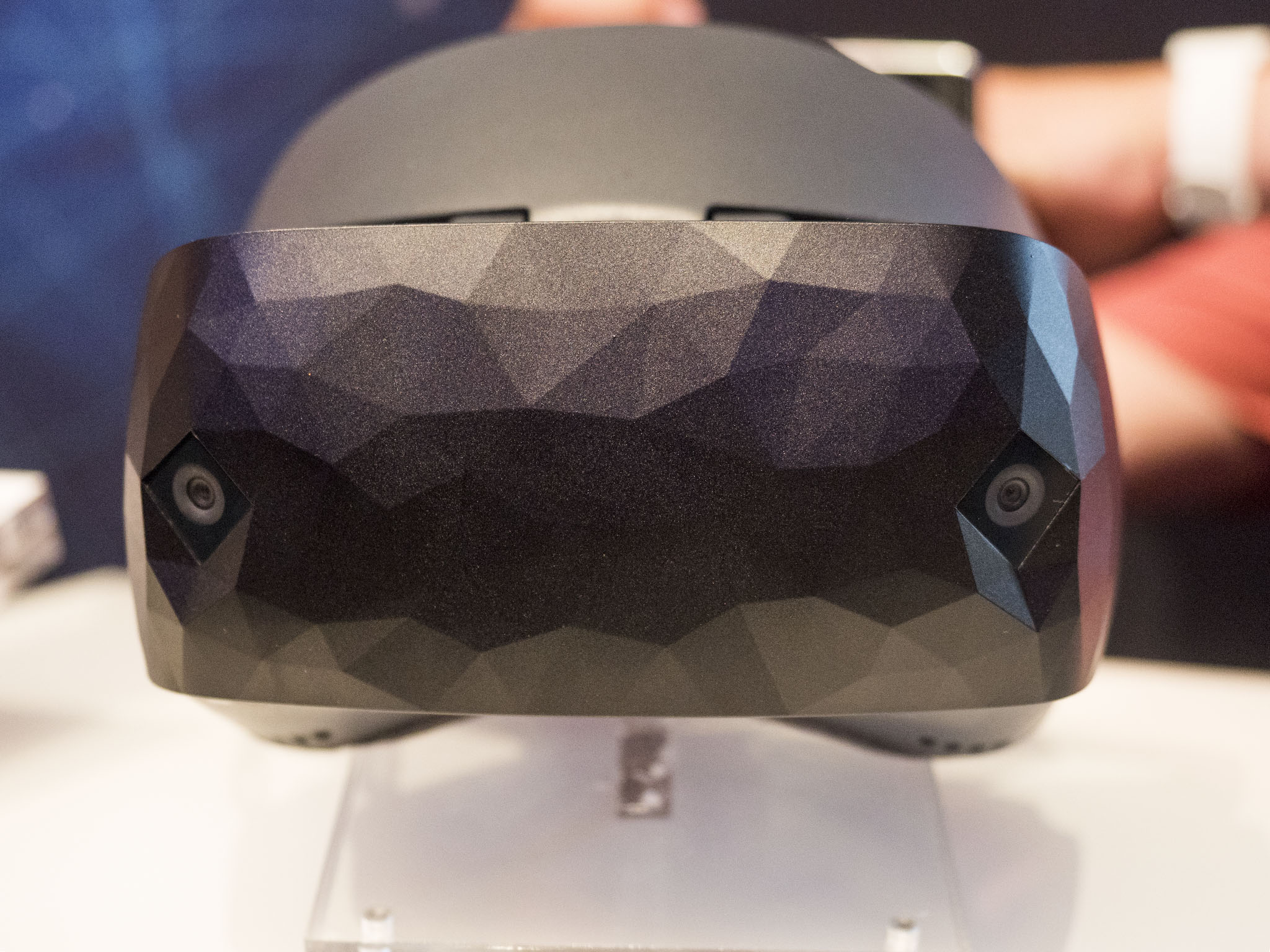ASUS Windows Mixed Reality Headset now available to order for $429
ASUS is late to the game, but it has a rather unique entry in the Windows Mixed Reality market.

The majority of Windows Mixed Reality (WMR) headsets from partners like HP, Dell, and Lenovo, have already hit the market, but one Microsoft partner has been conspicuously absent: ASUS. The company is rectifying that today by making its headset, dubbed the ASUS Windows Mixed Reality Headset HC102 (yeah, pretty catchy), available to order for $429 (via The Verge).
ASUS's headset doesn't deviate much from the standard WMR formula. The headset features a 1440x1440 per-eye resolution, totaling 2880x1440 combined, with a 90Hz LCD panel. The field of view comes in at 95 degrees and the headset sports the same inside-out tracking as its WMR brethren, which means it doesn't require setting up any external sensors to track positioning.
Where ASUS's offering does set itself apart is in its design, which is eye-catching, to say the least. The front of the headset is made of a polygon-laden surface that looks neat but is likely to be polarizing. Compared to the other WMR headsets on the market, however, it definitely stands out.
ASUS's Windows Mixed Reality Headset HC102 isn't yet available on the Microsoft Store, nor has it appeared on ASUS' own store for that matter. However, those in the U.S. can currently place orders at B&H Photo, while those in the UK can order one at eBuyer for £429.99 (via TechRadar).
All the latest news, reviews, and guides for Windows and Xbox diehards.

Dan Thorp-Lancaster is the former Editor-in-Chief of Windows Central. He began working with Windows Central, Android Central, and iMore as a news writer in 2014 and is obsessed with tech of all sorts. You can follow Dan on Twitter @DthorpL and Instagram @heyitsdtl.
